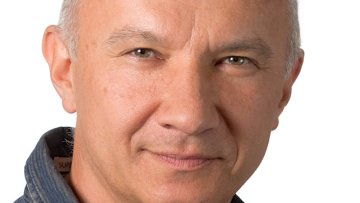The advent of social media and the resulting ability to instantaneously communicate ideas and messages to connections worldwide is one of the great consequences arising from the telecommunications revolution over the last century. Individuals do not, however, communicate only upon a single platform; instead there exists a plethora of options available to users, many of whom are active on a number of such media. While each platform offers some unique selling point to attract users, e.g., keeping up to date with friends through messaging and statuses (Facebook), photo sharing (Instagram), seeing information from friends, celebrities and numerous other outlets (Twitter) or keeping track of the career paths of friends and past colleagues (Linkedin), the platforms are all based upon the fundamental mechanisms of connecting with other users and transmitting information to them as a result of this link.
In this talk a model for the spreading of online information or “memes" on multiplex networks is introduced and analyzed using branching-process methods. The model generalizes that of [Gleeson et al., Phys. Rev. X., 2016] in two ways. First, even for a monoplex (single-layer) network, the model is defined for any specific network defined by its adjacency matrix, instead of being restricted to an ensemble of random networks. Second, a multiplex version of the model is introduced to capture the behavior of users who post information from one social media platform to another. In both cases the branching process analysis demonstrates that the dynamical system is, in the limit of low innovation, poised near a critical point, which is known to lead to heavy-tailed distributions of meme popularity similar to those observed in empirical data.
[1] J. P. Gleeson et al. “Effects of network structure, competition and memory time on social spreading phenomena”. Physical Review X 6.2 (2016), p. 021019.
[2] J. D. O’Brien et al. "Spreading of memes on multiplex networks." New Journal of Physics 21.2 (2019): 025001.


